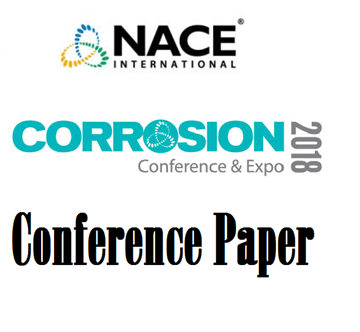Search
07649 Non-Contact Stray Current Measurements in a Multi-Line, Multi-Crossing Pipeline Corridor
Also Purchased
51318-10689-PIPELINE STRAY DIRECT CURRENT (DC) INTERFERENCE
Product Number:
51318-10689-SG
Publication Date:
2018
$20.00
51312-01694-AC and DC Stray Current Mitigation and Corrosion Control for a New Urban Pipeline
Product Number:
51312-01694-SG
ISBN:
01694 2012 CP
Publication Date:
2012
$20.00
07644 STRAY CURRENT EXCHANGE BETWEEN ELECTRIC RAIL AND UNDERGROUND UTILITIES
Product Number:
51300-07644-SG
ISBN:
07644 2007 CP
Publication Date:
2007
$20.00




